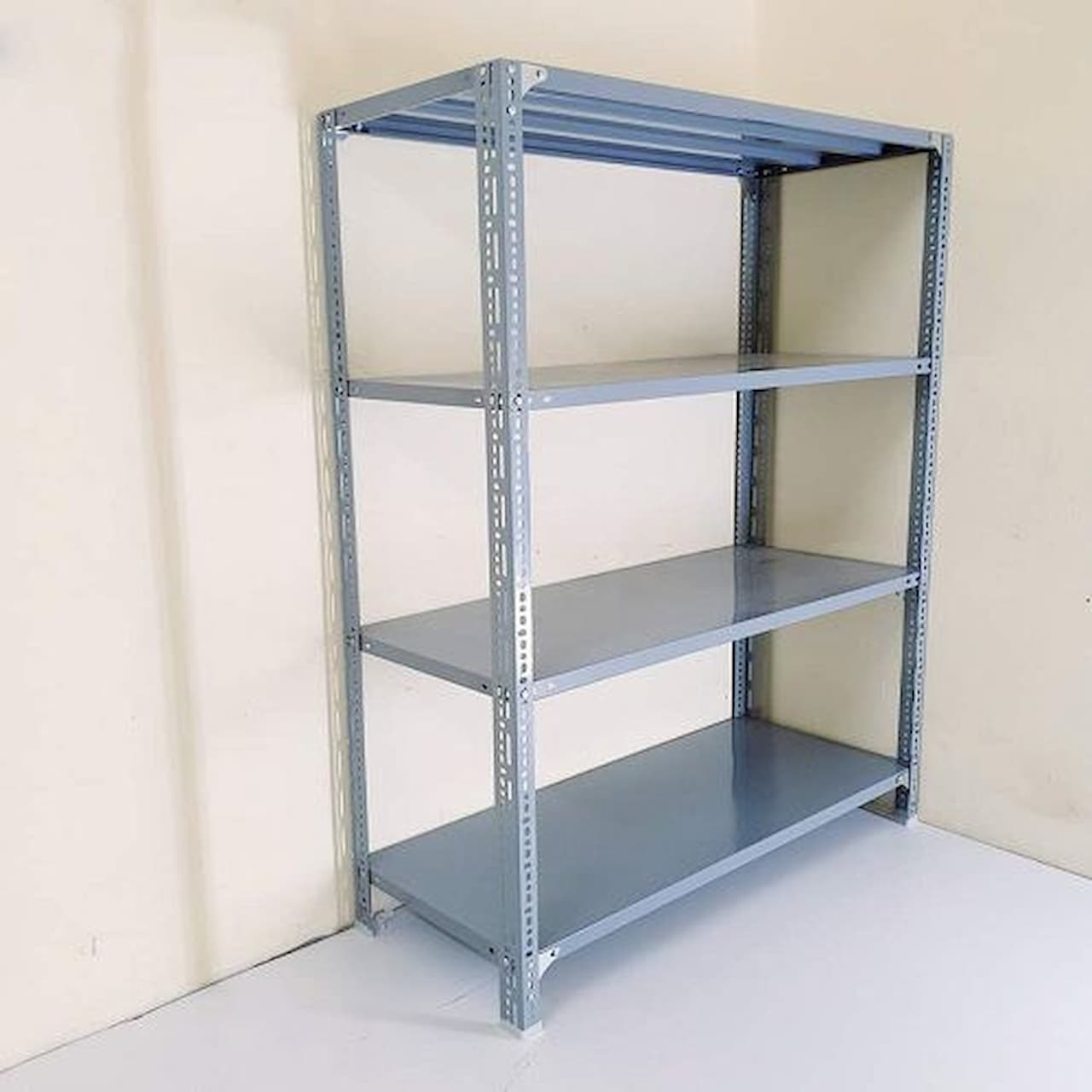Pallet racking is any material handling storage system that stores materials on pallets in horizontal rows on multiple levels. Pallet racks require the use of a forklift truck to load and unload pallets to the racks. All pallet racking, no matter the style, will heighten the storage density of your warehouse, retail centers, and then any other storage facility.

There are many things to consider when scouting for which kind of racking meets your requirements:
• Storage density required/desired
• Building space, both floor area and height
• Positioning of obstructions like doors, support beams, columns, etc.
• Inventory size
• Inventory accessibility
• Cost
Selective pallet rack will be the least dense along with the least expensive, and allows for immediate access to every one product at each and every shelf height. One can choose from two main styles, roll formed and structural. Roll formed racking is normally lighter and contains horizontal load beams that are kept in to set by clips, and therefore are typically adjustable in 2 inch increments. As a result adjusting the rack heights a breeze, but roll formed pallet racks cannot hold as many pounds as other kinds, as they are less proof against impact by forklifts.
Structural selective racking is much more durable as the horizontal beams are affixed to the upright beams with bolts. Both types of selective racks are adjustable and enable for personalisation, but roll formed is less durable and much more prone to damage. Structural pallet rack is yet another section of the building's structure, replacing the building's I-beams, making a rack supported building.
Other pallet rack include drive-in/drive-through, push-back, and pallet flow rack. These kinds accommodate more dense storage, however you cannot access any given inventory item at anytime. It will take a little more planning and organization to utilize this style of racking, but when performed correcly is incredibly efficient.
Drive in/through racks enable lift equipment drive an automobile straight into the rack's rows. Drive-thru is open each and every entry point permitting a forklift to operate a vehicle completely from the rack, whereas drive in is only open on one side. Drive in takes a LIFO style of inventory (last in, first out), and thus the first pallet to become held in a row will be the 4g iphone out, and also the last one to become stored may be the first one out. Drive through used either the LIFO or FIFO method for storing, because pallets may be accessed from both sides.
Drive-in/drive-through rack is definitely an dense method of storage, given it doesn't require aisles between each rack system. This style could be damaged somewhat easily because forklifts travel through the rows with almost no clearance on each side.
Push-back pallet rack uses depth for further storage capacity since it can typically store between four and six pallets deep, and pallets are stored on wheeled carts that sit on the top of rails.
These rails are angled slightly toward the front of the racking, causing pallets to roll forward on account of gravity. Every time a forklift loads a new pallet in to a row with pallets already within it, it pushes the current pallets back. When a forklift needs a pallet out, the many other pallets slide forward towards front. Mtss is a great labor saver but is also higher priced than selective and structural rack, in order that it depends on how dense you need your space for storage to be.
Pallet flow rack is quite much like test their boundaries rack because it requires good thing about depth and gravity for more storage density. Pallet are put on roller wheels at the slight incline so that pallets go on to the leading from the rack automatically. Methods may have braking systems that control the pace of the moving pallets for additional safety. Based on your setup, pallet flow rack can be loaded from the back and picked right in front (FIFO), or loaded and picked in the front (LIFO).
For more info about Ke sieu thi browse our new net page: visit site
